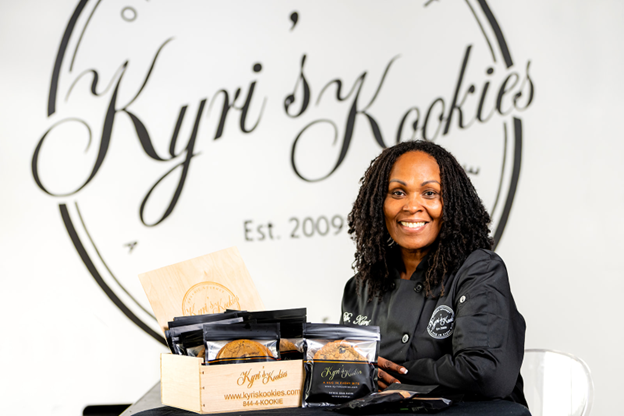Larta Institute transforms entrepreneurs and inventors in such spaces as agriculture, energy, life sciences and clean technology, helping make their ideas come to life “in the name of the greater good.”
By Lee Barnathan, California Business Journal
You have an idea for a product or technology that can help humanity, but you don’t know how to get it to market. You know you need a grant, so you apply to one of the various federal agencies that offer such funding: the National Institutes of Health, the National Science Foundation or the departments of Agriculture and Energy.
The agency likes your idea and awards you a six-month Small Business Innovation Research (SBIR) grant of $100,000 to explore your product or technology’s technical merit or feasibility. You’re on your way.
But you need still need help. You need a bigger SBIR grant, as much as $2 million, for research and development and/or help in bringing your product to market. What do you do?
Fortunately, the government has thought of that. You’re introduced to Larta Institute, and you’re one of 80 people that Larta selects to help.
For 25 years, Larta has assisted and transformed thousands of enterprising entrepreneurs and inventors in the fields of agriculture, energy and clean technology, and life sciences and health care, making their ideas come to life in the name of the greater good.
“Feed, fuel and heal is our mission,” CEO Rohit Shukla says.
Other organizations, such as universities, provide similar support, “but nobody does it as the scale and scope we do — the depth we can go,” Shukla says.
That’s because someone working with Larta avails themselves to a wide range of services and resources that Shukla calls the “network-centric model.”
Depending on their needs, the entrepreneur might be introduced to industry CEOs or private investors. Or, as with Jeff Kirschner, who has an idea for an app that identifies, maps and collects litter, one could work with a professional mentor, accomplished professionals with the right business and technology expertise.
Kirschner works with Alan Creutz, a principal advisor for Larta’s Commercialization Assistance Programs, on Kirschner’s commercialization plan, which he hopes will get him a $2 million grant from the National Science Foundation. Each month, he reports to Creutz about the progress he has made.
Kirschner will be applying for a larg er SBIR (called Phase 2) grant this month.
er SBIR (called Phase 2) grant this month.
“The value Larta provides is navigating the plan,” he says.
Larta’s story goes back to 1993 when the state’s aerospace and defense industries suffered massive setbacks due to the end of the Cold War. Hundreds of thousands of jobs disappeared, bases closed, companies downsized or moved operations out of state, and there became a dearth of opportunities for talented individuals. (Shukla says the Michael Douglas character in “Falling Down” typifies the situation.)
Seeing a need to help the industry, the state legislature set up the Defense Conversion Council (DCC) to serve as a policy-making body and central clearinghouse for all base reuse and defense conversion programs. The DCC was charged with setting up Regional Technology Alliances (RTA) and approving projects for funding under the state’s Defense Conversion Matching Grant program.
One of three RTAs was the Los Angeles Regional Technology Alliance. For the next 10 years, it was tasked with raising and leveraging funds from multiple private and public sources to nurture people with new technology or ideas and help get those ideas or technology to market. When the 10 years ended, Shukla kept the name but dropped all the capital letters and added “Institute.”
People who work with Larta already have a small SBIR (called Phase 1) grant. If everything works right, their work with Larta will help them secure the Phase 2 SBIR grant. If the government denies the Phase 2 grant, Shukla says the commercialization plan should be so good that the product or technology can be brought directly to market, or find other private investors willing to pony up the money for research and development.
Larta also works with people who already have the Phase 2 grant and plan to bring their product to the public.
Larta has helped various people and products take a product to market. Shukla mentioned the man who developed a spoon that helps people with Parkinson’s disease eat. Google bought the technology in 2014.
Or the guy who created a non-edible crop that grows on land that can’t grow food but can become a clean fuel. He secured $17 million in private financing. Or the Bay Area guy who invented a way to make it easier to test for HIV, hepatitis and other diseases in China and Africa. He won $1 million in grant funding.
“The work we do with these grantees focuses on two things. One: getting them to recognize the true value of their idea, and in doing so, get Phase 1 grantees to Phase 2,” Shukla says. “But we want to make them viable whether they get to Phase 2 or not.”
Copyright © 2018 California Business Journal. All Rights Reserved.





